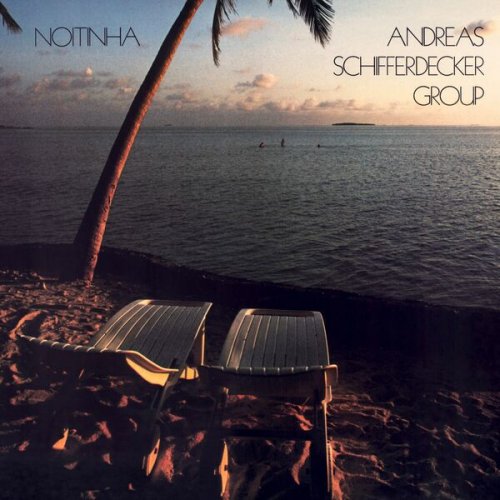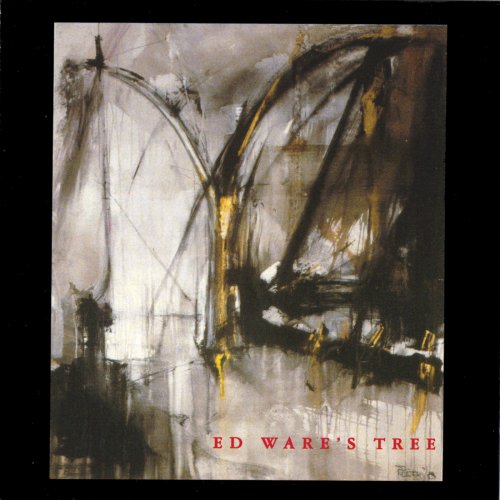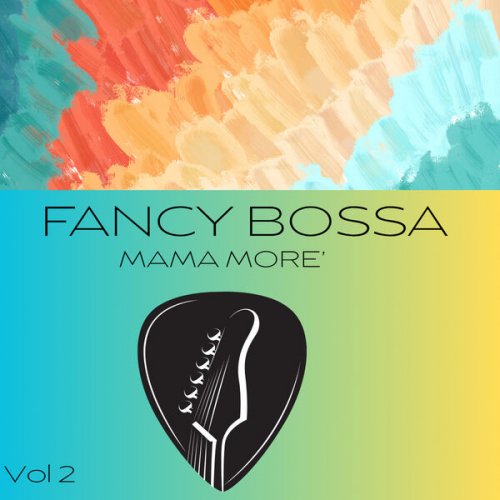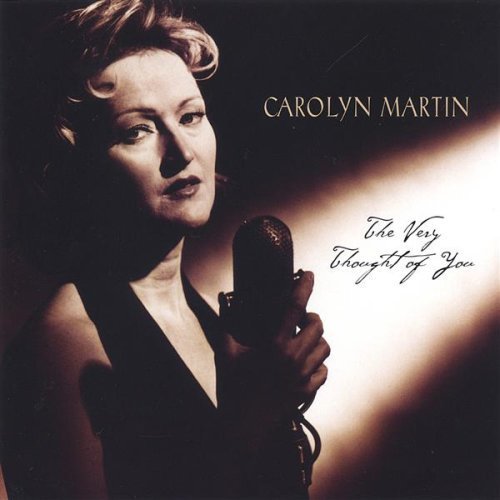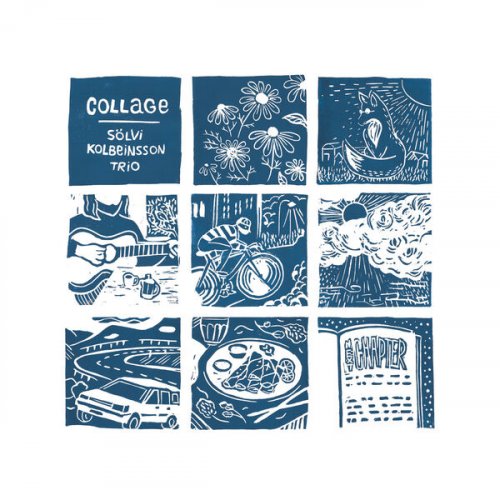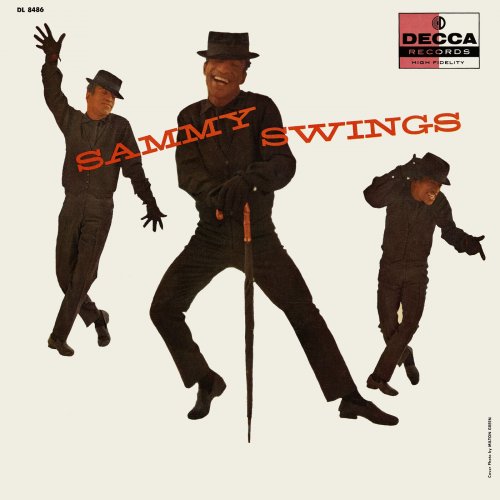Benny Green - Solo (2023) [Hi-Res]
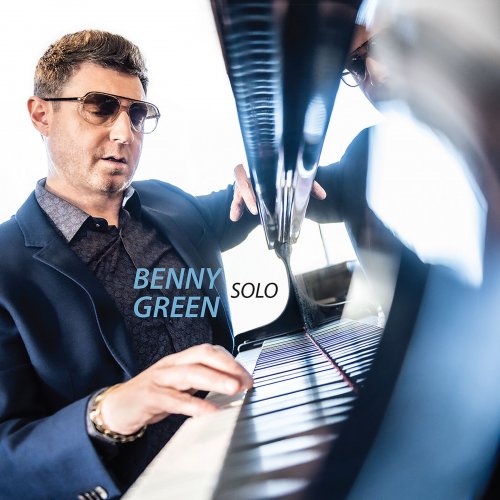
Artist: Benny Green
Title: Solo
Year Of Release: 2023
Label: Sunnyside
Genre: Jazz
Quality: FLAC (tracks) / 24bit-48kHz FLAC (tracks)
Total Time: 40:42
Total Size: 126 / 354 MB
WebSite: Album Preview
Tracklist:Title: Solo
Year Of Release: 2023
Label: Sunnyside
Genre: Jazz
Quality: FLAC (tracks) / 24bit-48kHz FLAC (tracks)
Total Time: 40:42
Total Size: 126 / 354 MB
WebSite: Album Preview
1. Soulful Mr. Timmons (3:59)
2. The Maestro (4:23)
3. Jackie McLean (4:11)
4. Lonely Women (2:44)
5. This Here (4:33)
6. Ruby, My Dear (4:22)
7. Minor Mishap (3:44)
8. Sunset (2:10)
9. Blue Drew (3:53)
10. Rouge (4:21)
11. He Has Gone (2:27)
The art of constructing a solo recording is the ultimate challenge for most musicians. Pianist Benny Green believes that the challenge provides the ultimate inspiration, as he is free to take the music in whatever direction he chooses. For his first solo recording in twenty years, simply named Solo, Green finds himself reflecting on pieces by pianists who have inspired him over the decades.
Over his career, Green has solidified himself as one of jazz music’s premier piano stylists. His command of the bebop, post-bop, and swing styles was harnessed and cemented through years of study and apprenticeship alongside the music’s best, including jazz masters Walter Bishop, Jr., Oscar Peterson, and Art Blakey, with whom he played as a member of the legendary Jazz Messengers.
Green’s regular pianist pursuits usually found him playing and touring with a trio. When the quarantine stemming from the Covid-19 pandemic shut the door on the touring world, Green isolated like so many musicians. Isolation led to Green’s need to connect with an audience. He began posting to Facebook many musings about music and life, along with a concentrated practice on solo material. Once opportunities allowed, Green came back to live performance, focusing on solo playing.
This wasn’t Green’s first attempt at solo playing. He released Green’s Blues (Telarc, 2001) as a young player aiming to show the world his mettle. Since that time, Green’s focus has shifted. Rather than try to keep up with a younger generation of pianists aiming to outdo one another with pyrotechnics, Green decided to focus on cultivating his personal best in performance. This led him to focus on mid-tempo tunes and ballads, where he could respect the songs’ melodies and give his most thoughtful interpretation.
As he began growing his solo repertoire, Green found himself more and more drawn to music created by pianist/composers. Green is a completist collector of these individuals and has studied the arcs of their careers, fascinating himself with their development and their self-care later in their careers, a facet of his development that has become important to him over the past few years.
Green began taking the stage again as a solo act, performing this material. It was then that he began to take the suggestions of recording solo again more in earnest. In late December 2022, Green finally accepted the invite of Oakland, California’s Piedmont Piano Company owner Jim Callahan to pick a piano to play and record on.
The recording begins with James Williams’s “Soulful Mr. Timmons,” a tribute from one Jazz Messenger pianist to another, originally recorded on Art Blakey’s Album of the Year (Timeless, 1981) that inspired Green to dedicate himself to becoming one of Art Blakey’s disciples himself. Cedar Walton’s stately and uplifting “The Maestro” was the late pianist’s nod to the great Duke Ellington. Green’s own “Jackie McLean” is written for the saxophone great, the music evoking the saxophone and trumpet interactions from McLean’s classic Blue Note recordings that have long inspired Green.
Horace Silver’s “Lonely Woman” has long been a Green favorite, the pianist providing a straight reading of the moving ballad. The bluesy swing of tunes like Bobby Timmons’s “This Here” was ingrained in Green while he played with Blakey. Thelonious Monk’s music was part of the soundtrack of Green’s life since his childhood days listening to his father’s record collection. Here Green performs a loving rendition of the first ballad he fell for, Monk’s “Ruby, My Dear.” “Minor Mishap” by Tommy Flanagan gets an exquisite reading with a well-paced, impressive walking bass line.
McCoy Tyner’s evocative “Sunset” comes from the legend’s first solo recording, Inception (Impulse, 1962), which is one of Green’s all-time favorites. Green’s “Blue Drew” pays homage to Kenny Drew, mirroring the great pianist’s phrasing with double stops and right-hand play. The understated “Rouge” is a rarely heard piece by the understated composer, Barry Harris, that has a unique integrity between its harmonic and melodic structure. The recording ends with Oscar Peterson’s “He Has Gone,” a heart-felt and poignant ballad that Peterson wrote for his son.
The best inspiration for a challenging project usually comes from introspection. The pandemic allowed Benny Green to reassess his goals and approach to music. It also allowed him time to further investigate the music of his heroes so that he could reinterpret them on his new recording, Solo.
Over his career, Green has solidified himself as one of jazz music’s premier piano stylists. His command of the bebop, post-bop, and swing styles was harnessed and cemented through years of study and apprenticeship alongside the music’s best, including jazz masters Walter Bishop, Jr., Oscar Peterson, and Art Blakey, with whom he played as a member of the legendary Jazz Messengers.
Green’s regular pianist pursuits usually found him playing and touring with a trio. When the quarantine stemming from the Covid-19 pandemic shut the door on the touring world, Green isolated like so many musicians. Isolation led to Green’s need to connect with an audience. He began posting to Facebook many musings about music and life, along with a concentrated practice on solo material. Once opportunities allowed, Green came back to live performance, focusing on solo playing.
This wasn’t Green’s first attempt at solo playing. He released Green’s Blues (Telarc, 2001) as a young player aiming to show the world his mettle. Since that time, Green’s focus has shifted. Rather than try to keep up with a younger generation of pianists aiming to outdo one another with pyrotechnics, Green decided to focus on cultivating his personal best in performance. This led him to focus on mid-tempo tunes and ballads, where he could respect the songs’ melodies and give his most thoughtful interpretation.
As he began growing his solo repertoire, Green found himself more and more drawn to music created by pianist/composers. Green is a completist collector of these individuals and has studied the arcs of their careers, fascinating himself with their development and their self-care later in their careers, a facet of his development that has become important to him over the past few years.
Green began taking the stage again as a solo act, performing this material. It was then that he began to take the suggestions of recording solo again more in earnest. In late December 2022, Green finally accepted the invite of Oakland, California’s Piedmont Piano Company owner Jim Callahan to pick a piano to play and record on.
The recording begins with James Williams’s “Soulful Mr. Timmons,” a tribute from one Jazz Messenger pianist to another, originally recorded on Art Blakey’s Album of the Year (Timeless, 1981) that inspired Green to dedicate himself to becoming one of Art Blakey’s disciples himself. Cedar Walton’s stately and uplifting “The Maestro” was the late pianist’s nod to the great Duke Ellington. Green’s own “Jackie McLean” is written for the saxophone great, the music evoking the saxophone and trumpet interactions from McLean’s classic Blue Note recordings that have long inspired Green.
Horace Silver’s “Lonely Woman” has long been a Green favorite, the pianist providing a straight reading of the moving ballad. The bluesy swing of tunes like Bobby Timmons’s “This Here” was ingrained in Green while he played with Blakey. Thelonious Monk’s music was part of the soundtrack of Green’s life since his childhood days listening to his father’s record collection. Here Green performs a loving rendition of the first ballad he fell for, Monk’s “Ruby, My Dear.” “Minor Mishap” by Tommy Flanagan gets an exquisite reading with a well-paced, impressive walking bass line.
McCoy Tyner’s evocative “Sunset” comes from the legend’s first solo recording, Inception (Impulse, 1962), which is one of Green’s all-time favorites. Green’s “Blue Drew” pays homage to Kenny Drew, mirroring the great pianist’s phrasing with double stops and right-hand play. The understated “Rouge” is a rarely heard piece by the understated composer, Barry Harris, that has a unique integrity between its harmonic and melodic structure. The recording ends with Oscar Peterson’s “He Has Gone,” a heart-felt and poignant ballad that Peterson wrote for his son.
The best inspiration for a challenging project usually comes from introspection. The pandemic allowed Benny Green to reassess his goals and approach to music. It also allowed him time to further investigate the music of his heroes so that he could reinterpret them on his new recording, Solo.
Download Link Isra.Cloud
Benny Green - Solo FLAC.rar - 126.1 MB
Benny Green - Solo Hi-Res.rar - 354.4 MB
Benny Green - Solo FLAC.rar - 126.1 MB
Benny Green - Solo Hi-Res.rar - 354.4 MB
![Sam Most - But Beautiful (2025) [Hi-Res] Sam Most - But Beautiful (2025) [Hi-Res]](https://img.israbox.com/img/2025-12/12/n19esmi2zxvr716zw8citn0dv.jpg)
